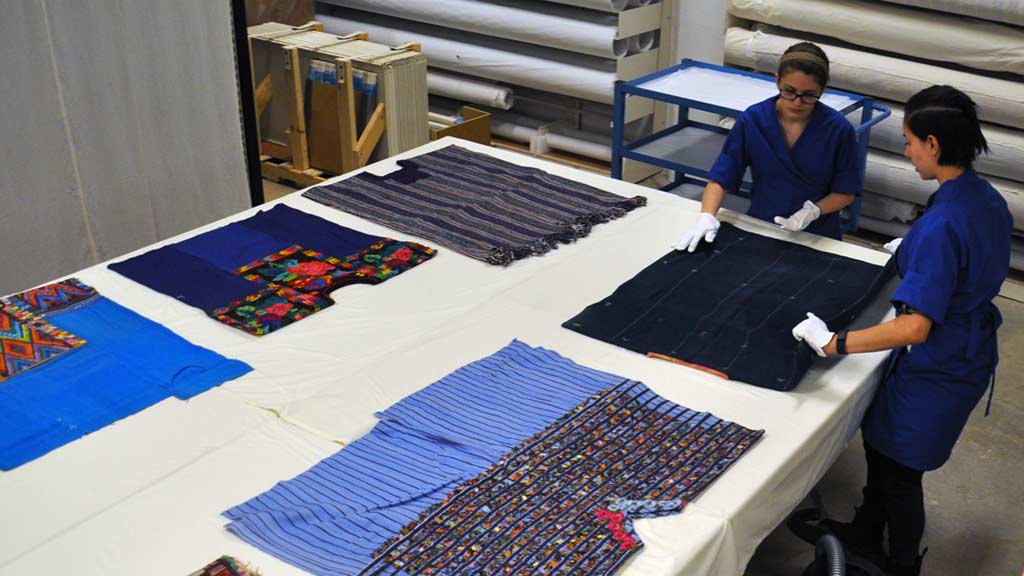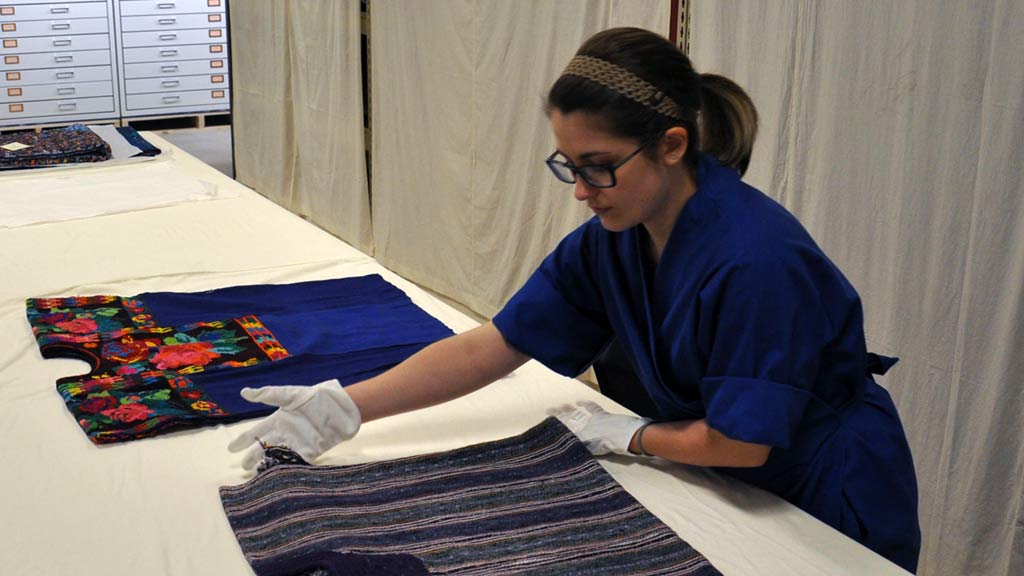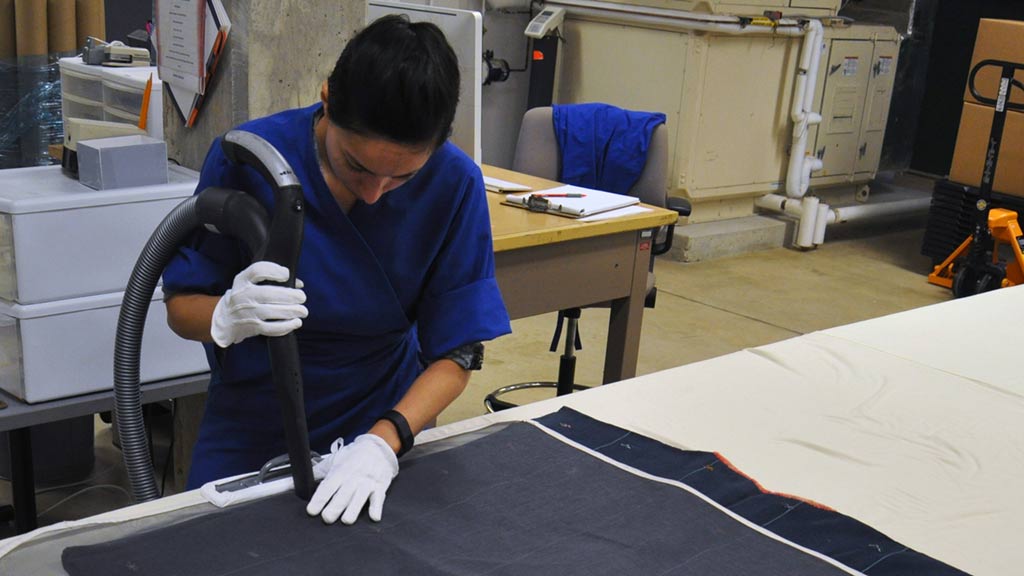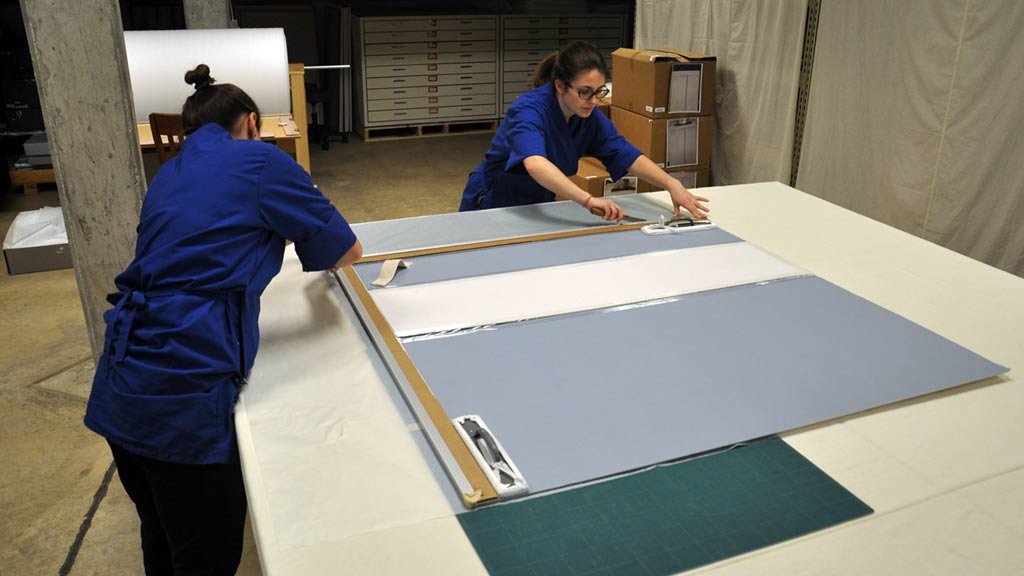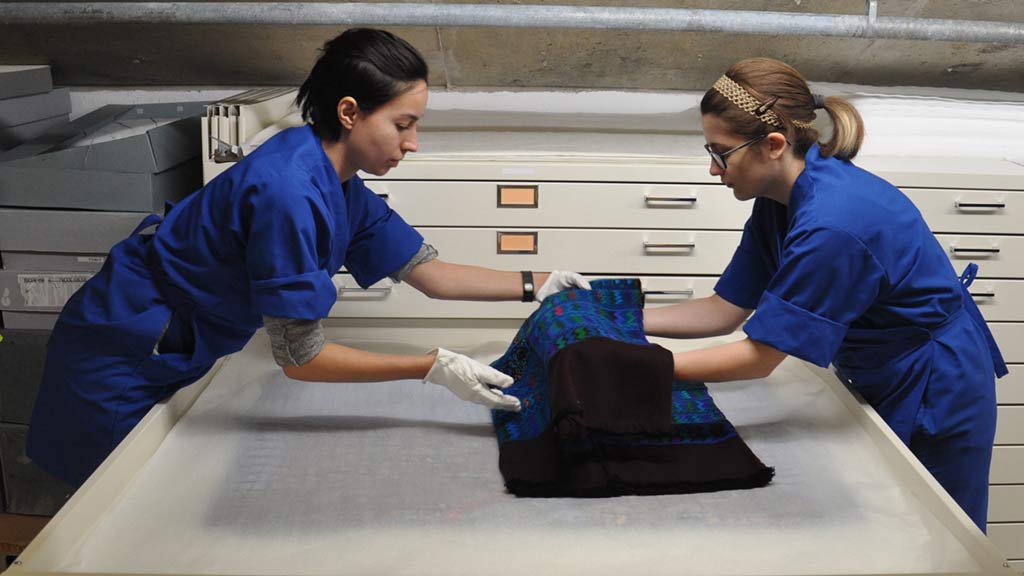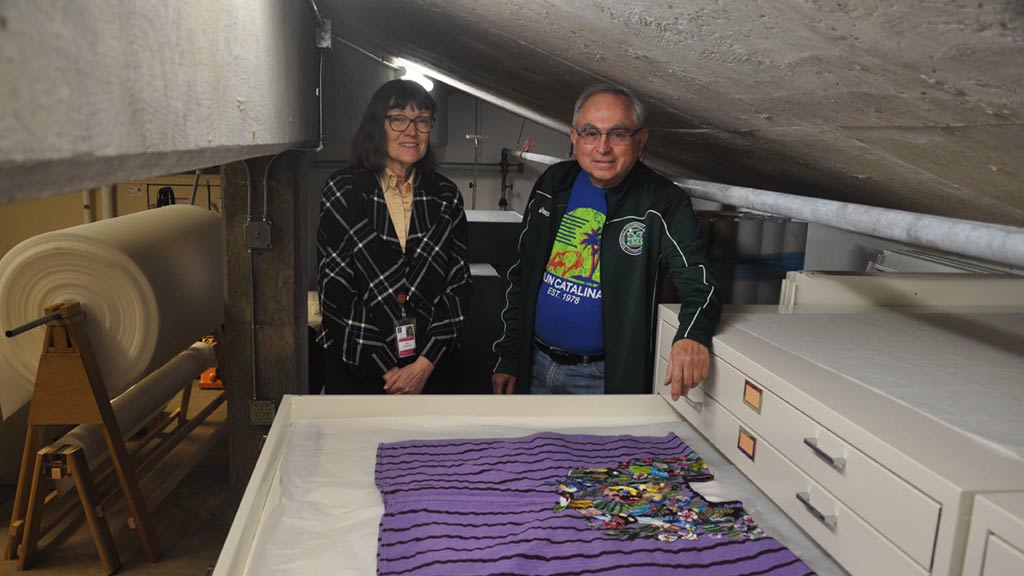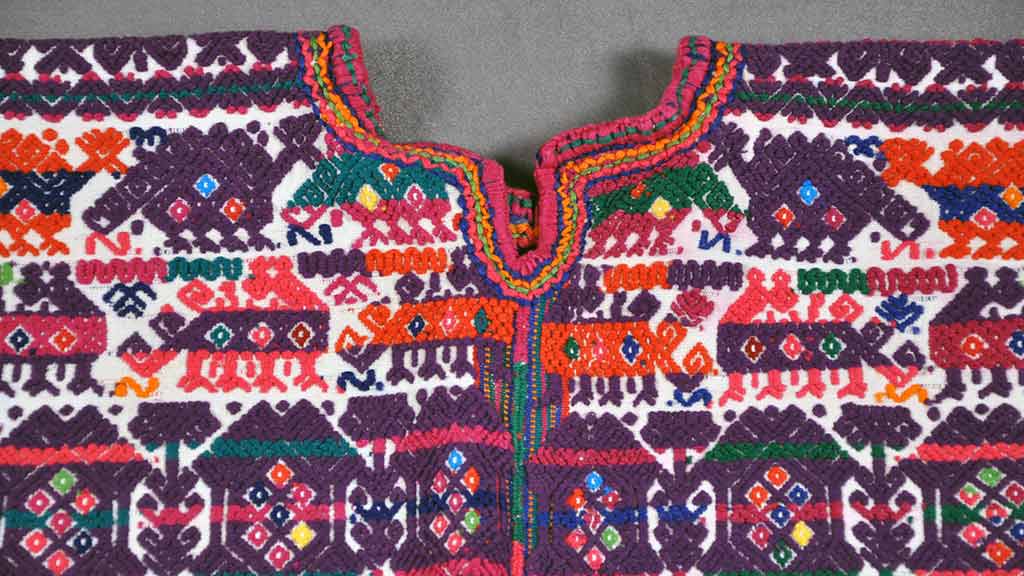
Unfolding our way to better storage
- Post Date: 05/20/2017
- Author: Gavin Robinson
- Reading Time: 3 minute read
Over the course of the last year, Spurlock has been working towards rehousing a large collection of Guatemalan textiles. It has been a challenging, multi-step process, but we are pleased to announce it has finally been completed!
The project began more than a year ago with the purchase of 4 custom-sized, high quality textile drawer cabinets. The drawers were sized with a particular collection in mind: the Kieffer-Lopez Collection of Ethnographic Textiles and Artifacts. Textiles from this collection are best stored laying flat, but were too large to fit in our standard size artifact drawers (26” x 48”) and thus required folding. The new cabinets (48” x 48”) represented the perfect solution; one where we could accommodate their full size while also grouping and organizing these pieces into one location.
Once we received and installed the cabinets, we began the task of grouping the Guatemalan collection by size and color. This was necessary to ensure that the artifacts could stack appropriately and to minimize any risk of dye transferring between pieces. Once grouped, our Collections team assessed each object’s condition, checked dye stability, and did any necessary cleaning.
At this stage, the textiles were ready to be placed into the drawers. However, before this could be done, we needed to create custom-sized acid free paper sheets to interleave between each artifact. To do this, we designed a 48” x 48” metal-edged template, matching the interior dimension of the drawers. This template could then be used as a stencil to cut out the acid free sheets from a much larger roll.
Finally, these sheets of acid free paper were labeled in pencil with the number of the artifact it would be paired with. This was done to allow for easier identification in the event that a textile needs to be pulled for exhibit or research.
With the culmination of a year’s worth of work at hand, our entire Collections team couldn’t be happier with the results; we have created a textile storage solution for a large collection while utilizing our limited storage space efficiently. We were also very lucky to be able to show the donor of the collection, Gerard Lopez, the results!
-
- Share: 𝕏
- Subscribe to Newletter
- Giving
